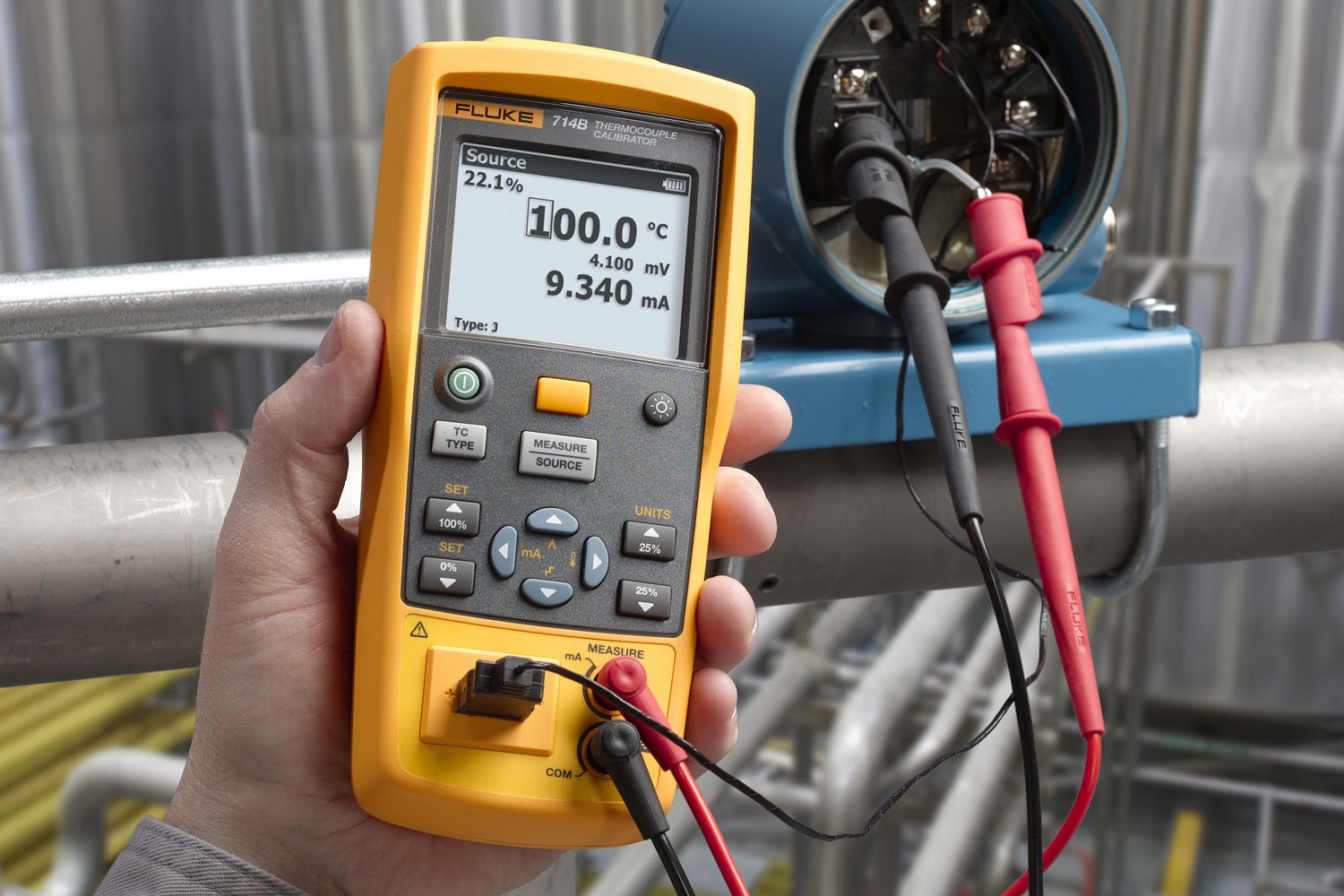De populairste multifunctionele procesinstrumenten ter wereld, die bijna alles kalibreren

Multifunctionele kalibratieprocesinstrumenten van Fluke zijn zo ontwikkeld dat ze bijna alles kunnen kalibreren. Deze kalibrators genereren, meten en simuleren bijna alle procesparameters. De documenterende versies leggen zelfs de resultaten vast. De Fluke 754 doet het werk van diverse instrumenten – genereren, simuleren en meten van druk, temperatuur en elektrische signalen in één compact handapparaat. De Fluke 726 is specifiek ontwikkeld voor de procesindustrie. Dit instrument meet en genereert nagenoeg alle procesparameters en kan bijna alles in uw installatie kalibreren.
Multifunctionele kalibratieprocesinstrumenten van Fluke zijn zo ontwikkeld dat ze bijna alles kunnen kalibreren. Deze kalibrators genereren, meten en simuleren bijna alle procesparameters. De documenterende versies leggen zelfs de resultaten vast. De Fluke 754 doet het werk van diverse instrumenten – genereren, simuleren en meten van druk, temperatuur en elektrische signalen in één compact handapparaat. De Fluke 726 is specifiek ontwikkeld voor de procesindustrie. Dit instrument meet en genereert nagenoeg alle procesparameters en kan bijna alles in uw installatie kalibreren.
Vind de juiste drukkalibrator
Beschikbaar materiaal
Vind de juiste drukkalibrator
Multifunctionele kalibratoroplossingen
Er bestaat geen universele kalibrator die voldoet aan alle eisen van alle gebruikers.
Onze productselector voor proceskalibratie-instrumenten helpt u bij het kiezen van de juiste proceskalibrator voor de taak die u wilt uitvoeren.
Optimale waarde
Beste prijs-kwaliteitsverhouding
Voor de experts
Fluke 154 HART-kalibratieassistent
De Fluke 154 is een zelfstandig, tabletgebaseerd instrument voor HART® communicatie.
Fluke 726 multifunctionele precisieproceskalibrator
De Fluke 726 multifunctionele precisieproceskalibrator is speciaal ontworpen voor de...
TL80A Basisset elektronische meetsnoeren
Eén stel (rode, zwarte) meetsnoeren van 1 krokodillenklem en meetpenverlengstuk.









